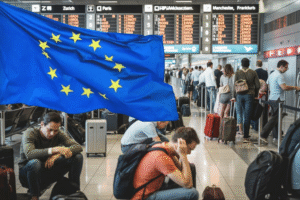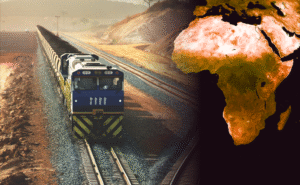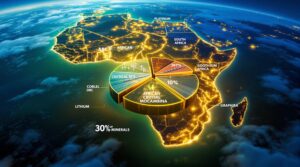Beyond Imagination: How AI Generators Are Reshaping Creativity in 2025
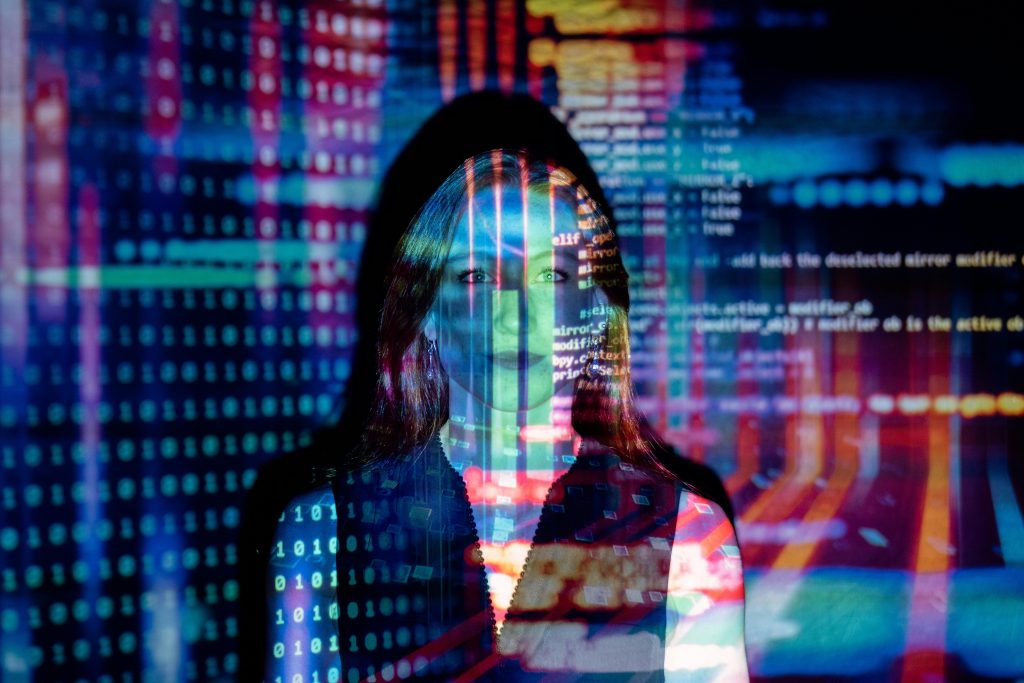
In 2025, the world of artificial intelligence has crossed a threshold that once belonged only to science fiction. The new generation of AI generators now integrate hyper-realistic rendering, emotional awareness, and advanced customization, producing visuals so immersive they blur the line between digital and real. From fashion and advertising to education and entertainment, these tools are not only transforming industries but also redefining how humans see themselves and each other.
This is not simply a story about technology. It is a story about economics, politics, culture and identity; and it is about how a piece of code can ripple through society in profound ways.
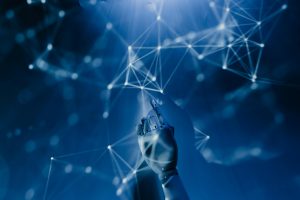
AI art generators have become the cornerstone of a booming global market. Creative industries, from film studios to marketing agencies, are rapidly adopting them to reduce costs, accelerate production, and push artistic boundaries.
Major companies now commission AI-generated prototypes for products, design immersive brand campaigns in hours instead of months, and use emotionally aware AI systems to tailor ads to consumer moods. Startups are emerging across Asia, Europe, and Africa, offering affordable access to AI studios, fueling a new wave of creative entrepreneurship.
Investors are pouring billions into the sector, betting that the AI visual economy will rival streaming or social media in scale. For every professional artist who fears displacement, another sees opportunity in mastering these tools as collaborators rather than competitors.
For individuals, AI generators have unlocked an unprecedented canvas for self-expression. A teenager in Nairobi can design hyper-realistic comic art from her phone; an independent filmmaker in Mumbai can produce near-Hollywood-quality visuals without a studio; a teacher in São Paulo can create immersive learning environments for students in real time.
The emotional awareness built into these tools means that visuals can now respond to human feelings. Imagine an AI that adjusts a painting’s tone to reflect your mood, or creates a personalized digital memory that feels alive. These capabilities are giving people new ways to process emotions, tell stories, and preserve experiences.
Yet this democratization of creativity also raises questions: Who controls the narratives we create when machines become our co-authors? What happens when a digital memory looks more vivid than the real one?
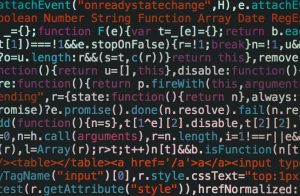
The political implications of this technology are vast. Governments are scrambling to regulate AI-generated content amid concerns about deepfakes, misinformation and copyright disputes. The ability to create hyper-realistic images indistinguishable from reality makes it harder than ever to trust what we see.
Internationally, the AI race has become a geopolitical contest. China, the United States, and the European Union are pushing rival regulatory standards, while emerging economies advocate for more equitable access. South Africa, Brazil, and India, as part of the BRICS bloc, are lobbying to ensure that AI creativity does not become monopolized by a handful of tech giants.
The debate is no longer just about innovation but about digital sovereignty. Who owns the tools that shape our cultural imagination?
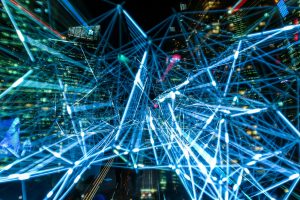
At the social level, AI generators are reshaping norms around art, authenticity, and even relationships. Some celebrate the tools as liberating, enabling ordinary people to create masterpieces. Others worry that reliance on AI could erode traditional skills, widening the gap between digital natives and those left behind.
There are also questions of trust and meaning. When art can be generated in seconds, does it hold the same value as something crafted over years? Communities of traditional artists fear marginalization, while first digital-creators argue that art has always evolved with technology, from paintbrush to camera and to algorithm.
In everyday life, immersive AI visuals are already influencing fashion trends, political campaigns, and even spiritual practices, as people use them to imagine alternate futures or visualize personal aspirations.
The sophistication of AI generators in 2025 represents both extraordinary promise and serious peril. On one hand, they democratize access to creativity, lower barriers for entrepreneurs, and open new cultural horizons. On the other, they challenge trust in media, threaten jobs, and raise profound ethical dilemmas.
What is clear is that these tools are no longer novelties. They are becoming infrastructure and as central to daily life as the internet or smartphones once were from inception. The challenge for society is not just to keep pace with the technology, but to shape it in ways that serve humanity rather than undermine it.
Ultimately, AI generators are mirrors. They reflect back not just what we program, but what we value, fear, and dream. In their hyper-realistic renderings and emotionally aware designs, they force us to confront what it means to create, to remember, and to be human in a digital age.
The tools are here now in 2025, but the question is – TO WHAT MERIT OR DEMERIT, WILL WE USE THEM?



